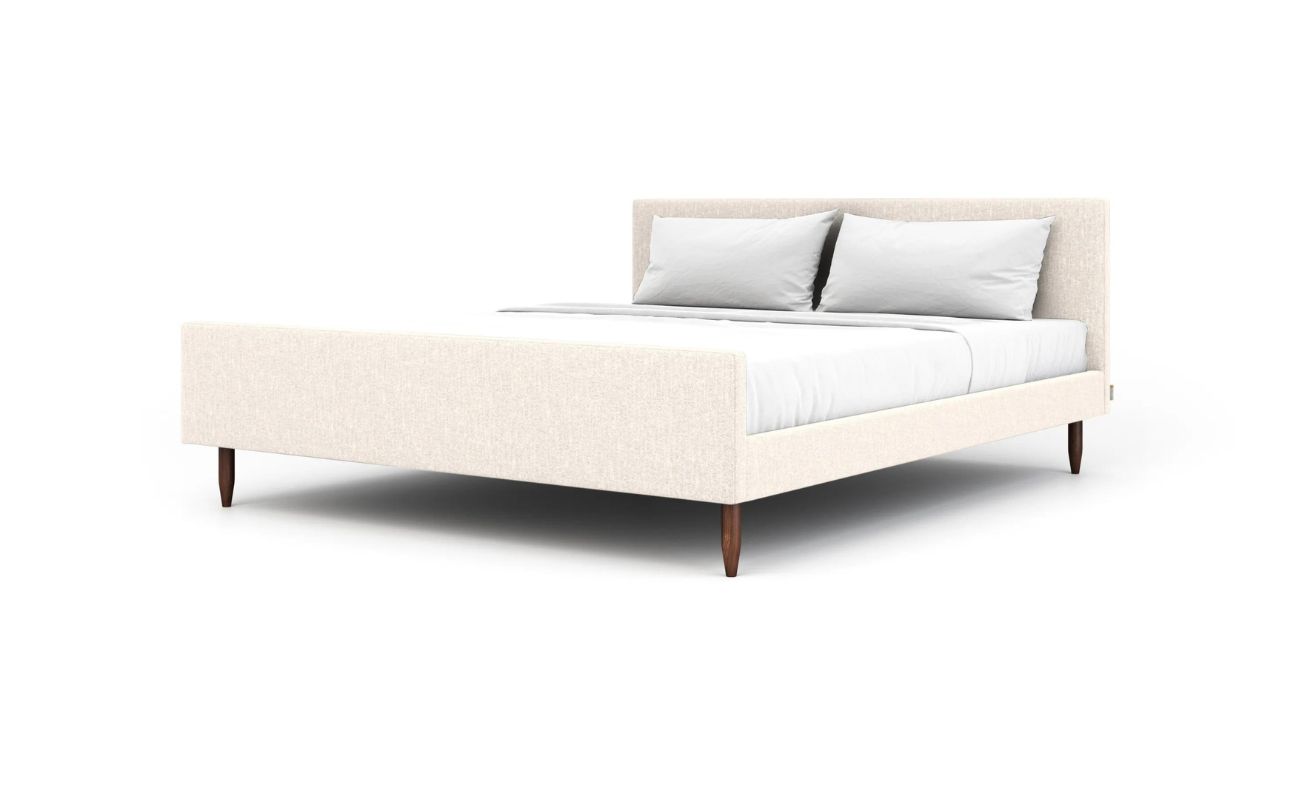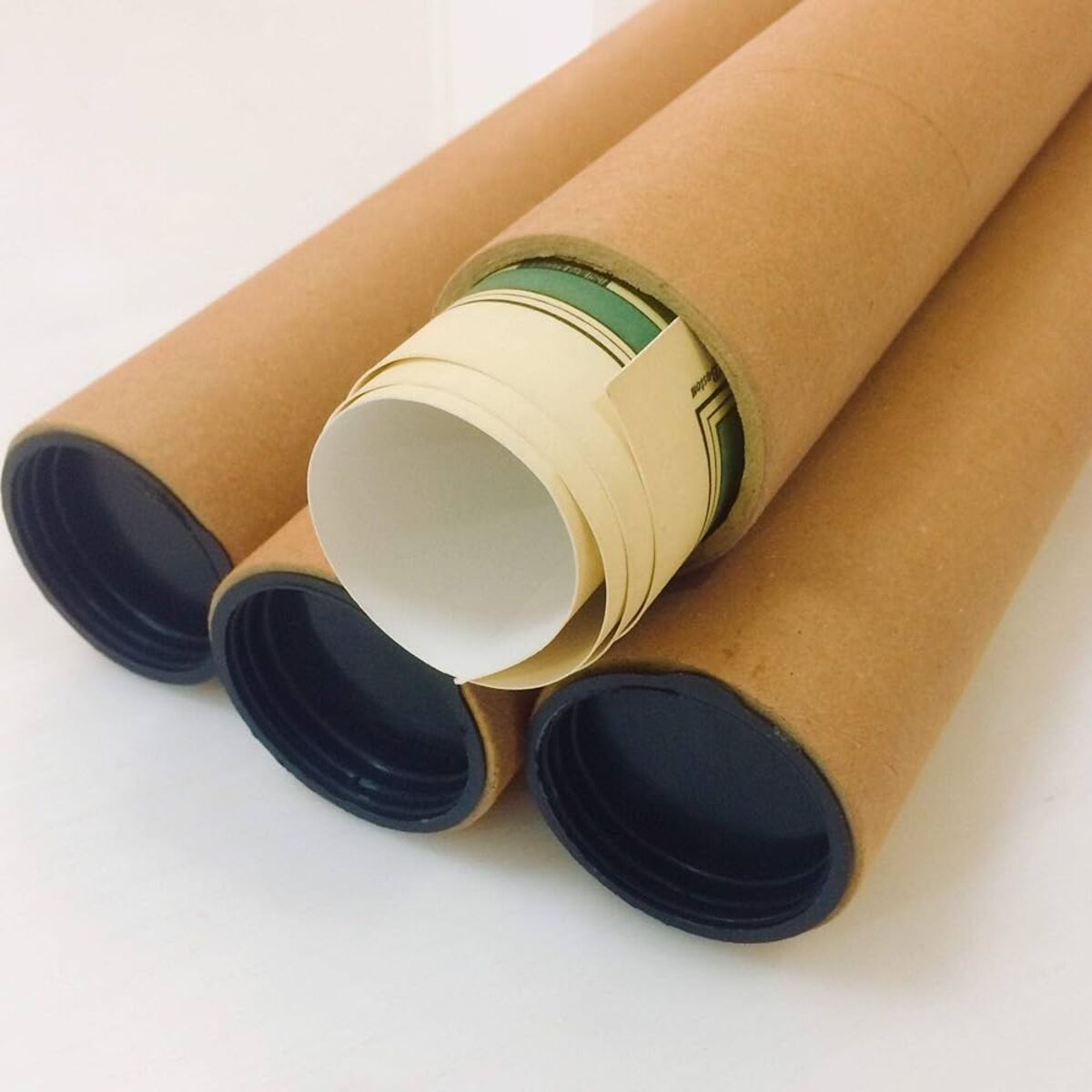Home>Furniture>Bedroom Furniture>How To Cover A Mattress When Moving


Bedroom Furniture
How To Cover A Mattress When Moving
Modified: August 26, 2024
Protect your bedroom furniture during a move with our step-by-step guide on how to cover a mattress. Keep your mattress clean and damage-free throughout the moving process.
(Many of the links in this article redirect to a specific reviewed product. Your purchase of these products through affiliate links helps to generate commission for Storables.com, at no extra cost. Learn more)
Introduction
When it comes to moving, properly protecting your mattress is essential to ensure it arrives at your new home in pristine condition. Whether you’re moving across town or across the country, taking the time to cover your mattress will help prevent any damage from dust, dirt, moisture, or accidental spills during transport.
In this article, we will guide you through the step-by-step process of covering your mattress when moving. By following these instructions and using the right materials, you can safeguard your mattress and ensure a comfortable and clean sleeping surface once you settle into your new bedroom.
Before we dive into the details, it’s important to gather all the necessary materials to properly cover your mattress. Having everything readily available will make the process more efficient and help protect your mattress effectively.
Key Takeaways:
- Protect your mattress during a move by using a waterproof protector, plastic wrap, and packing tape. Clean and inspect the mattress before and after covering to ensure a comfortable and hygienic sleeping surface in your new home.
- Follow additional tips like labeling, handling with care, and transporting in a covered vehicle to safeguard your mattress during the move. Investing time in proper covering will maintain your mattress’s longevity and provide restful nights in your new bedroom.
Read more: How To Pack A Mattress For Moving
Materials needed
Before you begin covering your mattress, gather the following materials:
- Waterproof mattress protector
- Plastic wrap or mattress bag
- Packing tape
- Scissors
- Cleaning supplies (such as mild detergent and a sponge)
- Lint roller or vacuum cleaner
These materials will ensure that your mattress is well-protected and will help maintain its cleanliness during the moving process. Once you have these supplies, you can proceed to the next step of preparing your mattress for covering.
Step 1: Gather supplies
Before you begin covering your mattress, make sure you have all the necessary supplies readily available. This will save you time and ensure a smooth process. Here are the supplies you will need:
- Waterproof mattress protector: This is essential to protect your mattress from spills, stains, and moisture during the move. Make sure to choose a waterproof protector that fits your mattress size.
- Plastic wrap or mattress bag: This provides an additional layer of protection against dust, dirt, and potential tears or damage during transportation. Measure your mattress to ensure you have the right size wrap or bag.
- Packing tape: You’ll need this to secure the plastic wrap or bag around the mattress tightly. Strong packing tape will ensure that the covering stays in place throughout the move.
- Scissors: These will come in handy for cutting the plastic wrap or bag to the appropriate size and for any trimming needs.
- Cleaning supplies: Before covering the mattress, it’s a good idea to give it a thorough cleaning. Mild detergent and a sponge can be used to spot-clean any stains or spills. Additionally, a lint roller or vacuum cleaner will help remove any loose dirt or debris.
Once you have gathered all the necessary supplies, you’re ready to move on to the next step: preparing the mattress for covering.
Step 2: Remove any bedding or linens
Before you start the process of covering your mattress, remove all bedding and linens. This includes sheets, blankets, pillows, mattress toppers, and any other items on top of your mattress. By stripping the bed, you’ll have a clean surface to work with and ensure that the mattress is fully protected.
Take this opportunity to launder your bedding and linens before packing them separately. This will ensure that they are fresh and clean when you set up your new bedroom. If you have a separate bag or box specifically for bedding, use it to keep everything organized and easy to unpack later.
Removing the bedding and linens also allows you to inspect your mattress for any stains, damage, or signs of wear and tear. If you notice any issues, take note of them so you can address them later. This step is especially important if you plan on using your mattress in a guest room or selling it in the future.
Once you have removed all bedding and linens, set them aside in a safe place. You can pack them separately and ensure they are ready for use when you arrive at your new home.
Now that your mattress is bare, it’s time to move on to the next step: cleaning the mattress.
Step 3: Clean the mattress
Before covering your mattress for the move, it’s important to give it a thorough cleaning to ensure it stays fresh and hygienic. Over time, mattresses can accumulate dust, dirt, and even stains, so taking the time to clean it will make for a more pleasant sleeping experience in your new home.
Follow these steps to clean your mattress:
- Start by vacuuming the entire surface of the mattress. Use a brush attachment to gently remove any dust, dirt, or debris that may be embedded in the fabric. Pay special attention to the seams and edges.
- If there are any stains on the mattress, create a cleaning solution by mixing a mild detergent with warm water. Gently spot clean the stains using a sponge or cloth. Avoid using excessive moisture, as it can promote mold or mildew growth.
- For stubborn stains or odors, you can create a paste using baking soda and water. Apply the paste to the stain, let it sit for a few hours, and then vacuum it off. Baking soda is great for absorbing odors and can help freshen up the mattress.
- Allow the mattress to air dry completely before proceeding to the next step. Make sure it is fully dry to prevent any moisture from getting trapped and causing damage.
By cleaning your mattress before covering it, you’ll ensure that you’re starting with a fresh and clean surface. This is particularly important if you suffer from allergies or if the mattress will be in storage for an extended period of time.
Now that your mattress is clean, it’s time to move on to the next step: covering it with a waterproof mattress protector.
When covering a mattress for moving, use a mattress bag or heavy-duty plastic wrap to protect it from dirt, moisture, and damage during transit. Make sure to secure the covering tightly to prevent it from slipping off during the move.
Read more: How To Easily Move A Mattress
Step 4: Cover the mattress with a waterproof mattress protector
Now that you’ve cleaned your mattress, it’s time to protect it with a waterproof mattress protector. This step is crucial in guarding against spills, stains, and moisture during the moving process.
Here’s how to cover your mattress with a waterproof mattress protector:
- Start by laying the mattress protector flat on the bed, ensuring that it is centered and aligned with the edges of the mattress.
- Gently lift one side of the mattress and slide the protector beneath it. Repeat on the other side, making sure the protector is smooth and wrinkle-free.
- Smooth out any wrinkles or folds in the protector to ensure a snug and secure fit. Tuck the excess fabric under the corners of the mattress for a neat appearance.
- Double-check that the protector covers the entire surface of the mattress, including the sides. This will provide complete protection against spills or accidents during transit.
A waterproof mattress protector acts as a barrier, preventing any liquid from seeping into the mattress and causing damage. It will also help keep the mattress clean and hygienic, reducing the risk of bacteria or allergens building up over time.
Mattress protectors are available in various sizes, so be sure to choose one that fits your mattress snugly. Look for a high-quality protector that is made from waterproof materials and is machine washable for easy maintenance.
With your mattress now protected by a waterproof mattress protector, it’s time to move on to the next step: wrapping the mattress in plastic wrap or a mattress bag.
Step 5: Wrap the mattress in a plastic wrap or mattress bag
After covering your mattress with a waterproof protector, the next step is to provide an additional layer of protection by wrapping it in plastic wrap or a mattress bag. This extra barrier will safeguard your mattress from dust, dirt, and potential tears during the moving process.
Follow these steps to wrap your mattress:
- Start by unrolling a sufficient length of plastic wrap or opening the mattress bag.
- Lay the plastic wrap or bag flat on the floor or bed, ensuring it is large enough to completely encase the mattress.
- With the help of another person, gently lift the mattress and place it in the center of the plastic wrap or bag.
- Carefully fold the excess plastic wrap or bag over the top of the mattress, tucking it in tightly to create a snug fit.
- Repeat the process for the sides of the mattress, ensuring that the entire surface is covered.
- Using packing tape, secure the plastic wrap or bag tightly around the mattress. Start at one end and work your way around, making sure to reinforce the corners and edges.
By wrapping your mattress in plastic wrap or a mattress bag, you provide an extra layer of protection against moisture, dust, and potential damage during the move. This is especially important if you’re moving during inclement weather or if your mattress will be stored for a prolonged period of time.
Remember, it’s crucial to securely seal the plastic wrap or bag with packing tape to prevent it from coming loose during transportation. Double-check that all sides of the mattress are fully covered and protected.
With your mattress expertly wrapped in plastic wrap or a mattress bag, you can move on to the next step: securing the covering with packing tape.
Step 6: Secure the plastic wrap or bag with packing tape
Now that you’ve wrapped your mattress in plastic wrap or a mattress bag, it’s time to ensure that the covering stays in place during the moving process. This can be achieved by securely sealing the plastic wrap or bag with packing tape.
Follow these steps to secure the covering:
- Start by having a roll of packing tape readily available.
- Inspect the plastic wrap or bag, ensuring that it is tightly wrapped around the mattress.
- Begin at one end of the mattress and apply strips of packing tape horizontally, securing the plastic wrap or bag to the mattress.
- Continue working your way around the mattress, overlapping the tape slightly to ensure a strong and secure hold.
- Pay special attention to the corners and edges, as these areas are more prone to coming loose during transport.
- Check the entire mattress to ensure there are no loose or flapping edges, and reinforce with additional tape if necessary.
By using packing tape to secure the plastic wrap or bag, you are adding an extra layer of protection and preventing any shifting or unraveling during the move. This will help maintain the integrity of the covering and keep your mattress well-protected.
Remember to use a high-quality packing tape that is strong and durable. Reinforcing the corners and edges will provide added support and reduce the risk of the wrap or bag coming undone.
With your mattress securely covered and sealed, it’s time to move on to the last step: additional tips and precautions to ensure a successful move.
Step 7: Additional tips and precautions
As you near the end of the process of covering your mattress for a move, there are a few additional tips and precautions to keep in mind. These will help ensure that your mattress stays protected and arrives in excellent condition at your new home:
- Label the wrapped mattress: Use a permanent marker to label the plastic wrap or bag with the room or location where the mattress will be placed in your new home. This will make it easier to identify during the unloading and unpacking process.
- Handle the mattress with care: When moving the mattress, take care to avoid any sharp objects or rough handling. Lift and carry the mattress with the help of another person to minimize the risk of tears or damage.
- Transport in a covered vehicle: If possible, transport your mattress in a covered moving truck or vehicle. This will provide additional protection against the elements and ensure that your mattress stays clean and dry.
- Store the mattress upright: If you need to place the mattress in storage, store it upright to minimize any potential stress on the structure. This will help maintain the shape of the mattress.
- Inspect upon arrival: Once you’ve arrived at your new home, carefully inspect the mattress for any signs of damage or moisture. If any issues are identified, address them promptly to prevent further damage.
Following these additional tips and precautions will help ensure a successful and stress-free move for your mattress. By taking the time to properly cover and protect your mattress, you’re investing in its longevity and maintaining a comfortable sleeping surface.
As you settle into your new bedroom, you’ll be able to rest easy knowing that your mattress has been well-cared for during the moving process.
Concluding our step-by-step guide, we hope this article has provided you with valuable insights and instructions on how to cover your mattress when moving. By following these steps and taking the necessary precautions, you can protect your mattress and enjoy a clean and comfortable sleep environment in your new home.
Read more: How To Roll A Mattress For Moving
Conclusion
Covering your mattress when moving is a crucial step to protect it from dust, dirt, moisture, and potential damage during transportation. By following the step-by-step guide outlined in this article, you can ensure that your mattress arrives at your new home in excellent condition.
Starting with gathering the necessary materials, such as a waterproof mattress protector, plastic wrap or a mattress bag, packing tape, and cleaning supplies, you can prepare your mattress for the move. Removing any bedding or linens allows for a clean surface, and cleaning the mattress ensures a fresh and hygienic sleep surface.
By covering your mattress with a waterproof mattress protector, you create a barrier against spills, stains, and moisture. Wrapping it in plastic wrap or a mattress bag provides an extra layer of protection from dust and potential tears. Securing the covering with packing tape ensures that it stays in place during transit.
Additional tips and precautions, such as labeling the mattress, handling it with care, transporting it in a covered vehicle, and inspecting it upon arrival, further contribute to a successful move and maintain the integrity of your mattress.
By taking the time to properly cover your mattress, you are investing in its long-term durability and ensuring a comfortable sleeping experience in your new home.
So, when it’s time to move, don’t forget to follow these steps and precautions to protect your valuable mattress. Your efforts will be rewarded with a clean and well-preserved sleep surface that will continue to provide you with restful nights for years to come.
Frequently Asked Questions about How To Cover A Mattress When Moving
Was this page helpful?
At Storables.com, we guarantee accurate and reliable information. Our content, validated by Expert Board Contributors, is crafted following stringent Editorial Policies. We're committed to providing you with well-researched, expert-backed insights for all your informational needs.













